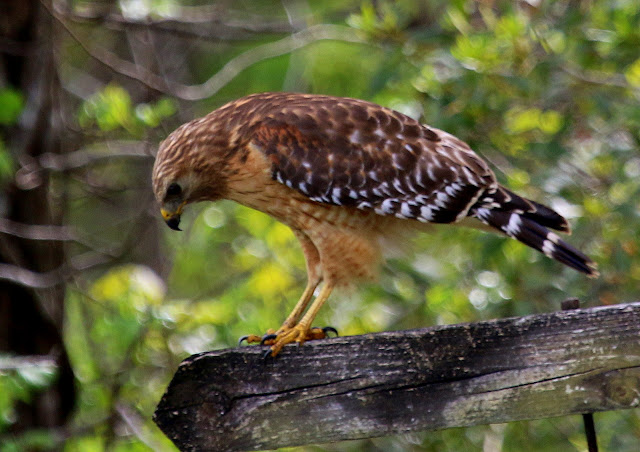Here I used the black which is opaque early on. I really really don't like all those speck looking things so won't do that again and will stick with the maxim of only using the opaque paints near the end of my marbling.
This still has some white spots but I like it anyway.
The lighter spots here were operator error in putting the fabric on the size. The humidity down here makes the fabric less stiff than at home so I have had to improvise. At first I used skirt hangers but I have been trying to just lay it on the size resting one edge of the fabric on the far side of the tray and then laying the fabric down evenly -- sometimes more successfully than others!
Parts of this are okay.
Again, parts of this are okay. I think when drying this bunch of fabric some of the alum rubbed off when I laid it over the drying rack. The lesson here was to hang by the edge with a clothespin rather than hanging it over the rack to dry.
I took a bunch of hand dyed fat quarters and marbled some of these. This was okay. The yellow was pretty strong and of course the paints are transparent in nature.
Again, parts are okay but some operator error again!!
This was a second pull. I liked it even though I have no good way of getting rid of the bubbles.

































































